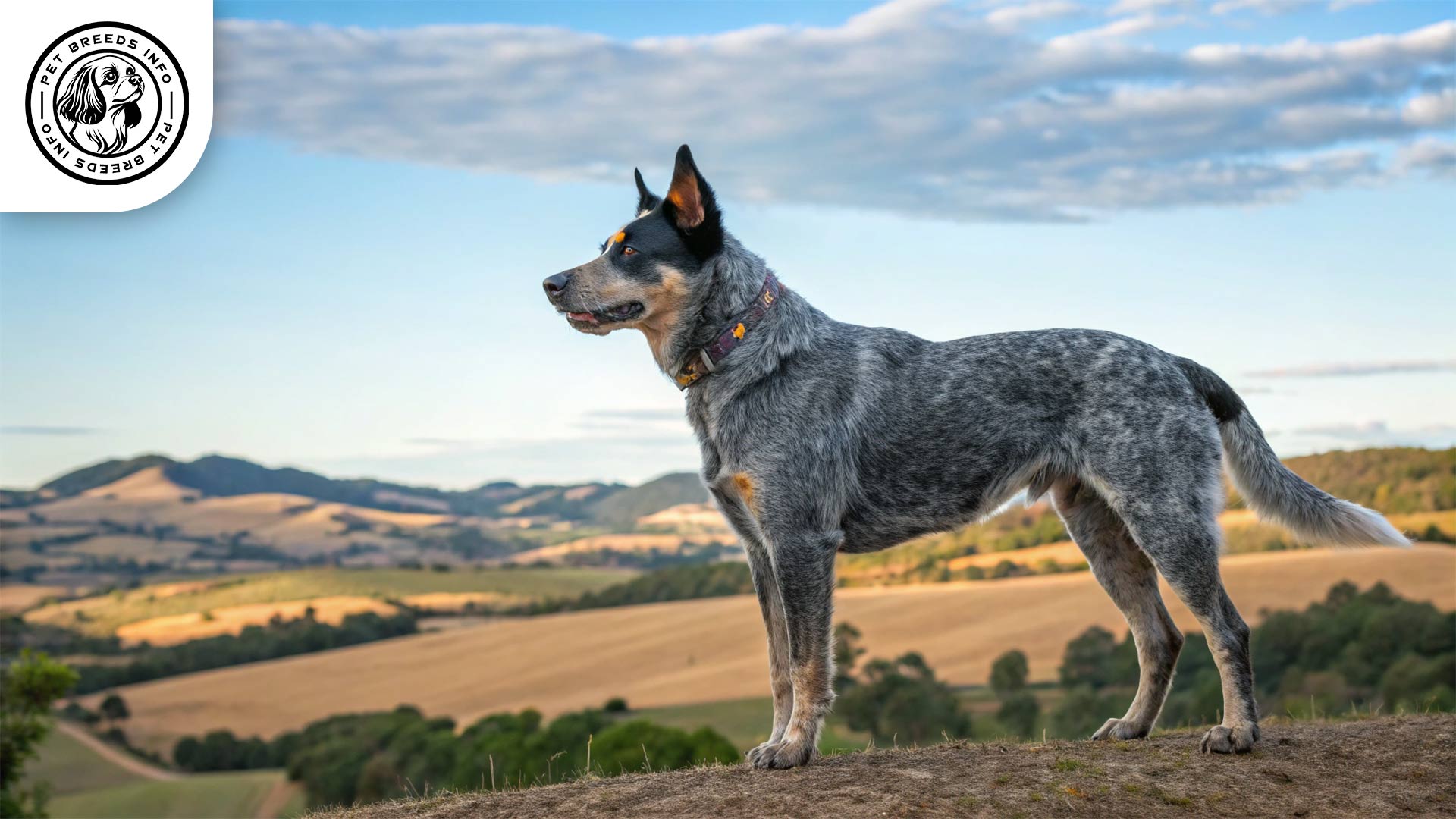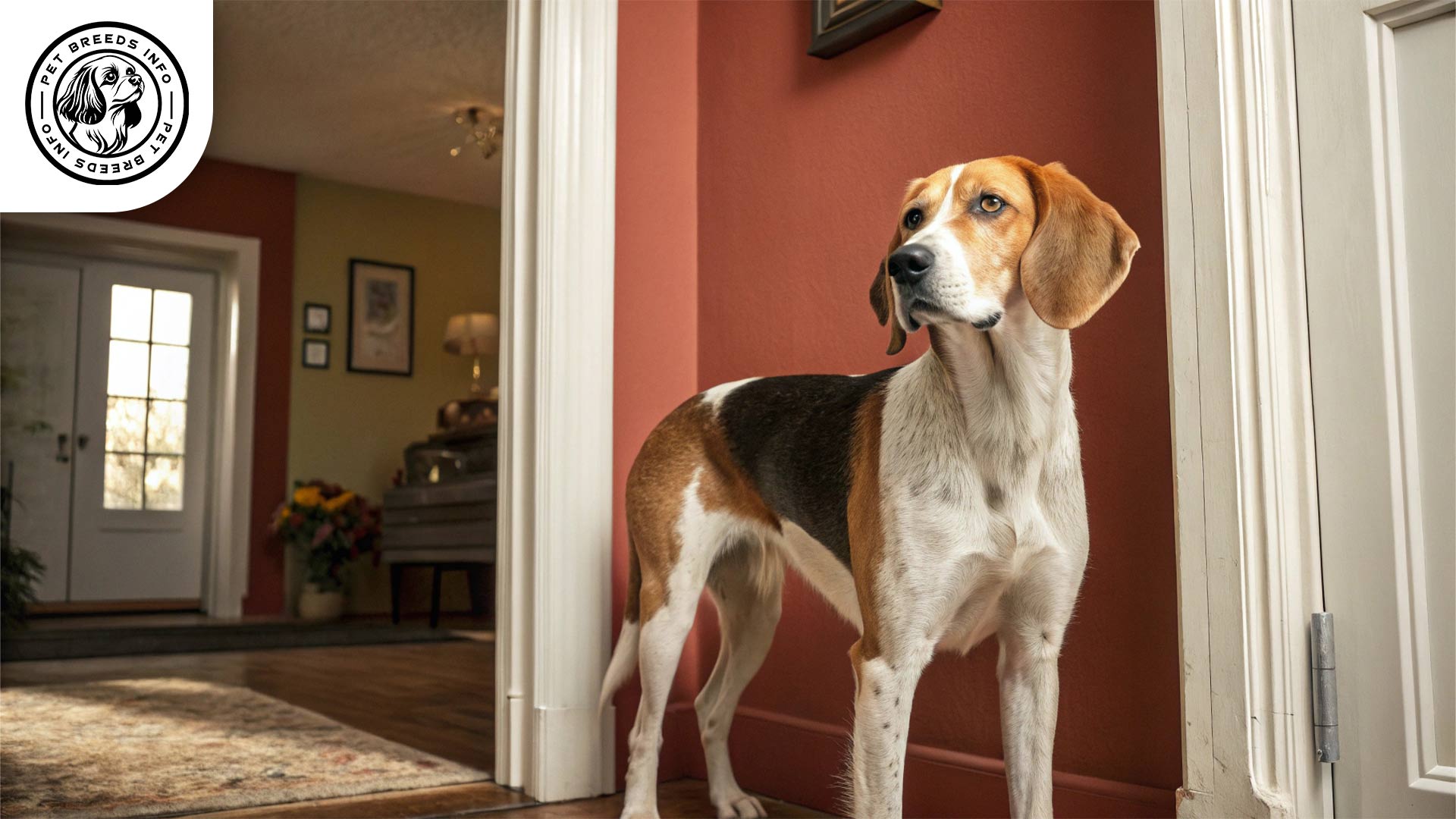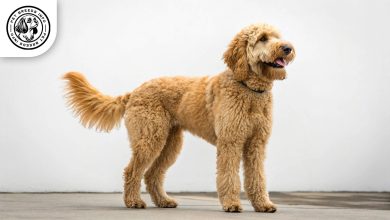Blue Heeler Dog Breed: Size, Health, Price & Personality
General Introduction of the Breed
The Blue Heeler, also known as the Australian Cattle Dog, is a highly intelligent and hardworking breed originally developed in Australia. It is also referred to as the Queensland Heeler or simply Cattle Dog.
The breed was developed in the 19th century by Australian settlers who needed a resilient and efficient herding dog for their cattle. They selectively bred Collies and Dingoes to create a strong and durable dog capable of handling rough terrain and hot climates.
Table of Contents
| Weight | Males: 35-50 pounds Females: 30-45 pounds |
| Lifespan | 12-16 years |
| Diet | High-quality kibble, raw, or home-cooked. Avoid toxic foods. Adult: 2 meals, Puppies: 3-4. |
| Care | Extensive daily exercise. Not ideal for apartments without outdoor access. Weekly brushing. Shelter in cold. |
| Health | Prone to hip dysplasia, PRA, deafness. Regular vet check-ups needed. |
| Color | Blue, blue mottled, blue speckled (sometimes with tan). Red also exists. Mottled/speckled pattern. |
| Nature | Intelligent, quick learner, energetic, loyal, good with family (may herd kids), reserved with strangers. |
| Price | Puppy: $500-$1,500. Adoption is cheaper. |
Physical Characteristics
The Blue Heeler is a medium-sized, muscular dog with a sturdy build. Males typically stand between 18-20 inches tall and weigh between 35-50 pounds, while females are slightly smaller, standing 17-19 inches and weighing 30-45 pounds.
The breed has a short, dense double coat that comes in colors such as blue, blue mottled, and blue speckled, sometimes with tan markings. Red Heelers, a variation of the breed, have a reddish coat.
Their eyes are medium-sized, oval-shaped, and dark brown, giving them an intelligent and alert expression.
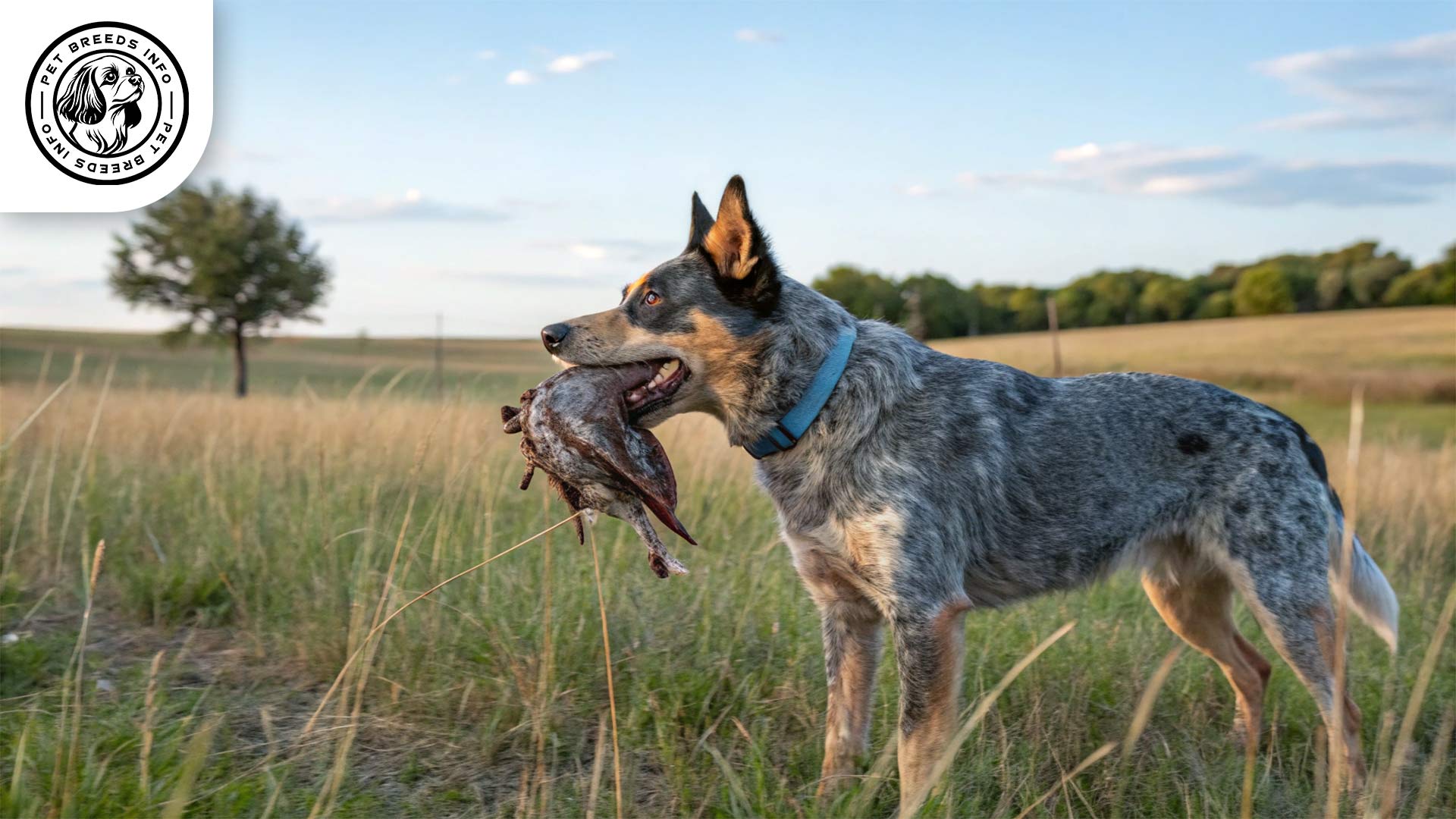
The ears are medium-sized, erect, and slightly pointed at the tips. The tail is typically set low and has a slight curve, covered with a bushy coat.
A distinctive feature of this breed is its mottled or speckled coat pattern, giving it a unique and rugged appearance.
Read More: Xiasi Quan Dog
Personality and Temperament
The Blue Heeler is known for its intelligence and quick learning ability. It excels at obedience training and problem-solving.
As an energetic and active breed, it requires plenty of exercise and stimulation to stay happy and healthy.
This breed forms strong bonds with its owners and is highly loyal. It thrives on companionship and prefers to be included in activities.
Blue Heelers are generally good with families but may be reserved with strangers. They do well with children but might try to herd them due to their natural instincts.
They have a strong prey drive and high playfulness levels, often enjoying interactive games like fetch and agility training.
This breed is sensitive to environmental changes and can become stressed if not given enough activity or structure.
Care and Maintenance Requirements
Blue Heelers require extensive exercise and are best suited for homes with access to open spaces. Daily walks, jogging, or herding tasks are essential.
They are not ideal apartment dogs unless given sufficient outdoor activity.
The breed sheds year-round but requires minimal grooming. Weekly brushing helps remove loose fur and maintain a healthy coat.
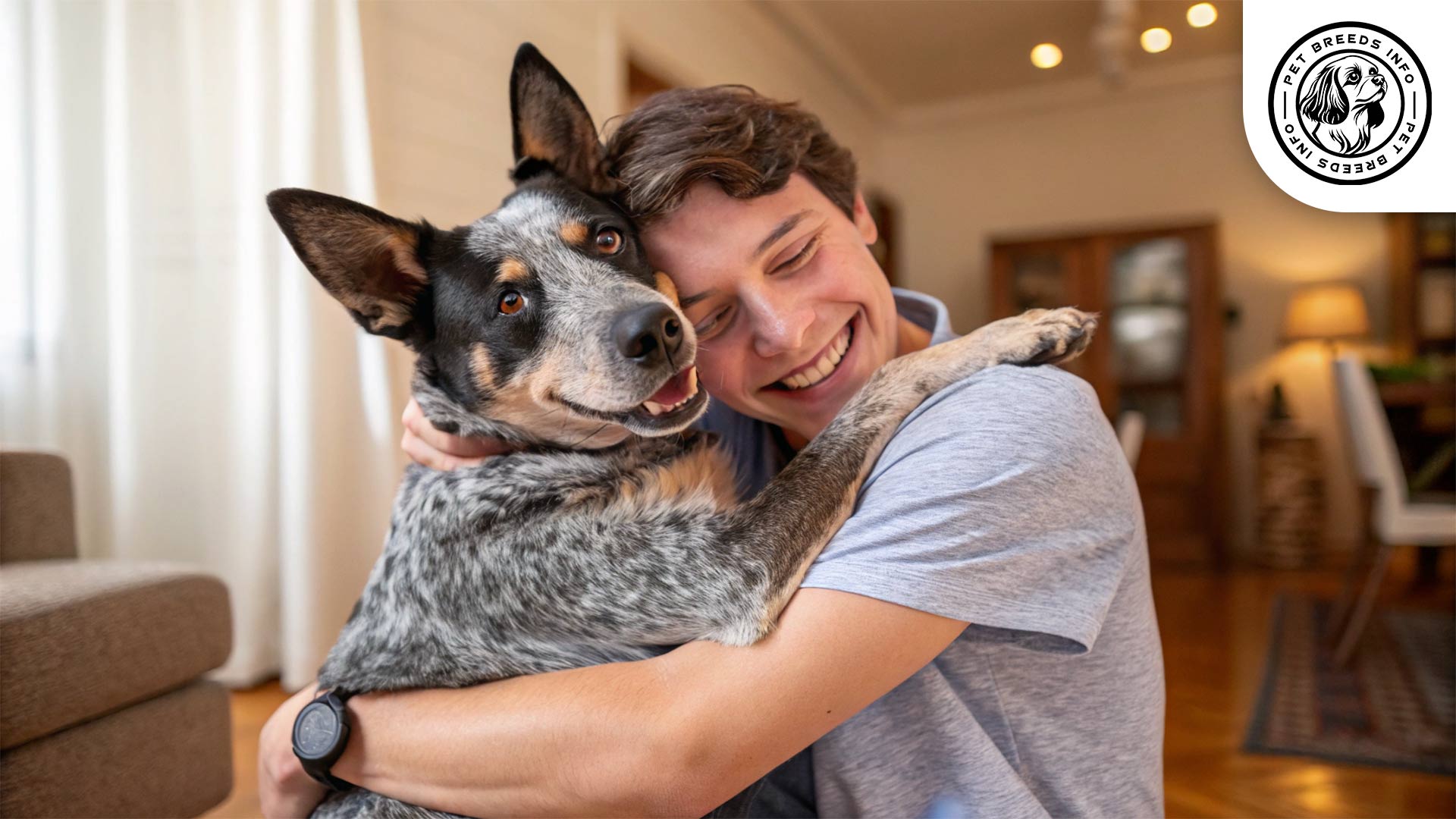
Blue Heelers tolerate heat well but may struggle in extreme cold. They should be given shelter during harsh weather conditions.
Regular hygiene practices include bathing only as needed, nail trimming every few weeks, ear cleaning to prevent infections, and routine dental care.
Diet and Nutrition
A balanced diet including high-quality kibble, raw food, or home-cooked meals is recommended for Blue Heelers.
Avoid feeding them toxic foods such as chocolate, onions, grapes, and excessive fatty treats.
Adult Blue Heelers typically require two balanced meals per day, while puppies may need three to four smaller meals.
Health and Common Medical Issues
Common genetic issues in the breed include hip dysplasia, progressive retinal atrophy (PRA), and deafness.
They are generally healthy but may develop allergies or joint issues as they age.

The average lifespan of a Blue Heeler is 12-16 years.
Routine vaccinations, flea prevention, and regular veterinary check-ups are essential for maintaining good health.
Read More: Dogue de Bordeaux Dog
Training and Behavior Management
Blue Heelers are highly trainable but require consistent, firm leadership. They respond well to positive reinforcement training methods.
Early socialization is crucial to reduce aggressive or territorial tendencies.
Providing mental stimulation, such as puzzle toys or advanced obedience training, helps keep them engaged and prevents destructive behavior.
Interaction with Other Animals and Humans
Blue Heelers are affectionate with their owners and form deep attachments. However, they may be wary of strangers.
They are generally good with children but may try to herd them by nipping at their heels, a behavior that should be managed early.
If socialized properly from an early age, they can coexist peacefully with other household pets, though their herding instinct may cause them to chase smaller animals.
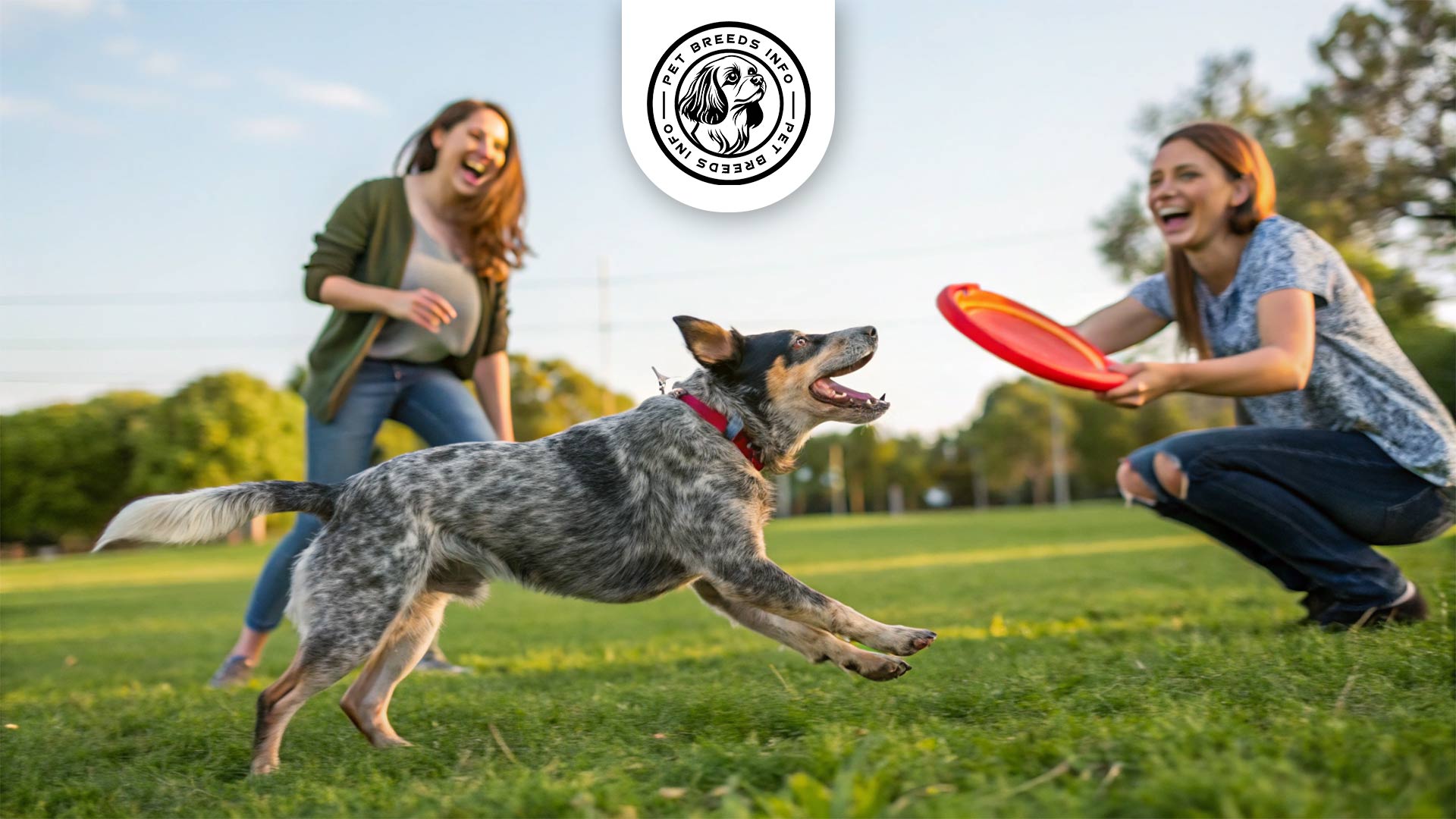
Price and Availability
The cost of a Blue Heeler puppy varies based on lineage and breeder reputation, typically ranging between $500 and $1,500.
Adoption is a great alternative, as many heelers end up in shelters due to their high energy levels and training needs.
Always obtain a puppy from a reputable breeder or a certified adoption center to ensure the dog’s health and ethical breeding practices.
Conclusion and Final Thoughts
Blue Heelers are best suited for active individuals or families who can meet their exercise and mental stimulation needs.
The ideal home environment for this breed includes access to open space, regular activity, and consistent training.
Before choosing a Blue Heeler, potential owners should consider the breed’s high energy levels, need for training, and strong attachment to owners.
Read More: Dandie Dinmont Terrier Dog
FAQ
How much exercise does a Blue Heeler need?
Very energetic; needs extensive daily exercise like walks or herding.
Are Blue Heelers good with children?
Generally good, but may try to herd children by nipping. Early training helps.
What kind of grooming does a Blue Heeler need?
Minimal grooming; weekly brushing is usually enough.
What are some common health problems in Blue Heelers?
Prone to hip dysplasia, PRA, and deafness. Regular vet check-ups are key.
